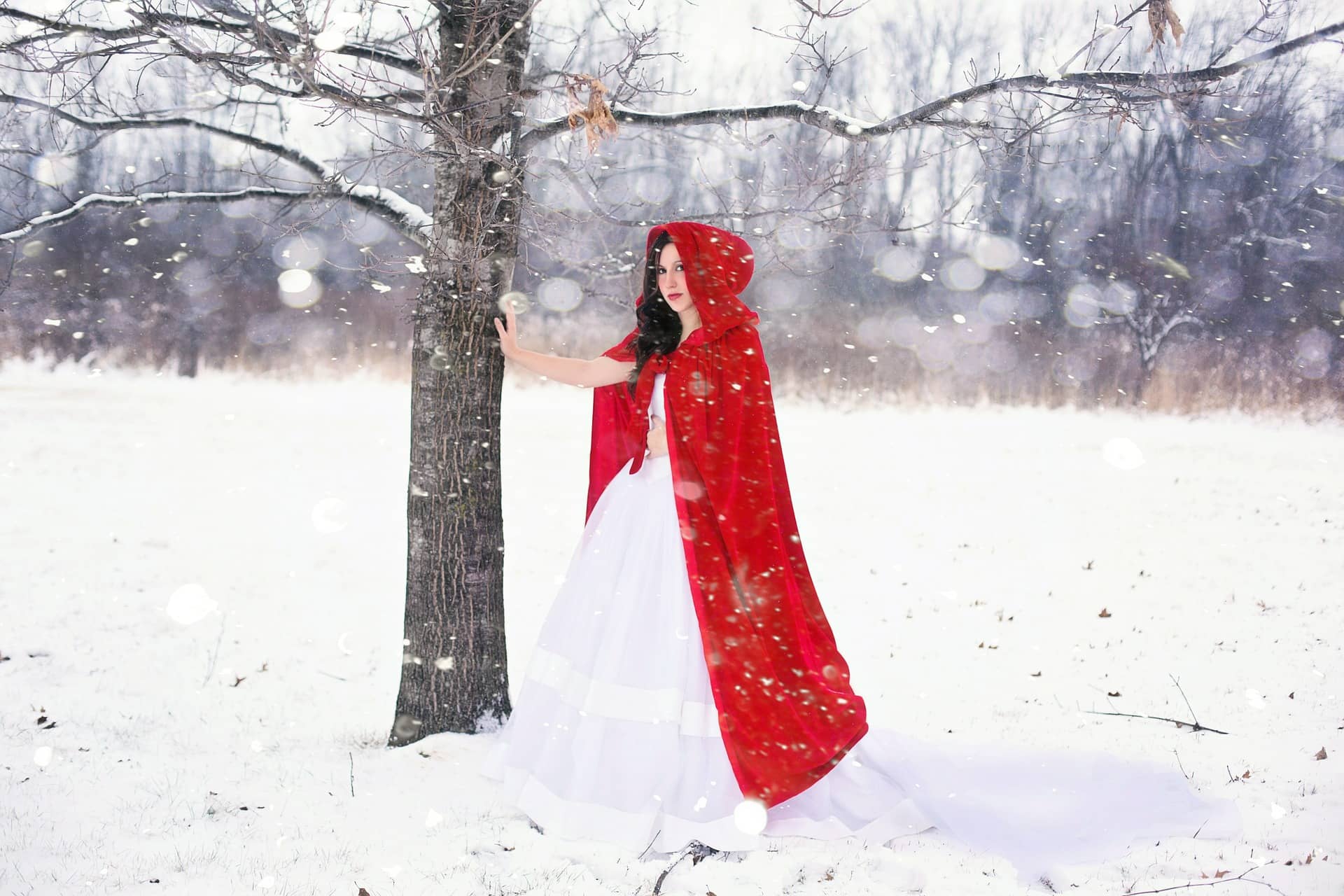"All descriptions," Brown writes, "of artwork, architecture, documents, and secret rituals in this novel are accurate."
OK, so what does all this cloak-and-dagger detail mean? Is the Christian church based on a lie? Does a secret society, once led by Leonardo da Vinci, protect the truth? Are tourists tramping all over it right now?
If these are among your questions, you've probably read the book, a real page-turner about Harvard University "symbologist" Robert Langdon and his hair-raising encounter with the Holy Grail. It's hovered near the top of the New York Times best-seller list for 15 weeks. Columbia Pictures has bought the movie rights, with the hope that some actor will do for symbology what Harrison Ford did for archaeology.
But back to the question at hand. What does all this "accurate" description add up to? How much of "The Da Vinci Code" is true and how much is a good story? And what difference does it make?
"It touches on enough strands of popular speculation and mythology that readers will think of it as more factual than it is," says Charles Lippy, a history of religion professor and an expert on popular culture who says he enjoyed the book but never forgot it was a novel. Other readers may be more gullible.
Combine that, Brown's authoritative tone and some readers' penchant for conspiracy theories, and it may be that "The Da Vinci Code" could use a little cracking. Without giving too much away, here's a quick reader's guide to some key concepts.
Schombert decribes the number as a visual equivalent of music, a proportion that is pleasing to the eye. A painting, one of Leonardo's for example, painted along those lines may be divided into rectangles with the same proportions and each will be balanced.
Schombert sees the golden ratio as evidence that "the universe is
properly built," but he and some other scientists stop short of seeing it as
a calling card of divinity, either masculine or feminine.
Joseph Manca, an art history professor at Rice University who teaches a course on Leonardo and has written about him, hasn't run across the theories that Brown's hero, Langdon, and his fictional colleague, Leigh Teabing, trot out in "The Da Vinci Code."
The "Mona Lisa" may be an encrypted ode to nature, Manca says, but the description of her as the epitome of androgyny isn't exactly the "inside joke" Langdon describes.
Manca also quibbles a bit with Langdon and Teabing's interpretations of the artist's "Last Supper." The "disembodied" hand that grasps a dagger is clearly St. Peter's, Manca says. The disciple holds the weapon to foreshadow his attack on a Roman guard later that night. The redhead at the dinner table is John the Beloved, Manca says. He was the youngest of Jesus' disciples and is usually depicted as cleanshaven, he said.
There is a Gospel according to Philip (with a passage like the one Brown quotes) among the books that didn't make it into the New Testament canon. But it's tough to blame that on Constantine, who didn't become a Christian until he was on his deathbed, Lippy says. The official collection, or canon, took years to develop, and to ascribe what made it and what didn't to any one person is an oversimplification, he adds.
The legend that Mary Magdalene ended her life in France has been around at least since the Crusades, says Lippy, who last summer stood over what some believe are her bones, which lie in a small church in Vezelay.
And there was a Priory of Sion, with connections to the Knights Templar, but Grail experts are divided over whether the secret group persisted into the current century and whether the documents that listed its grand masters are real or a hoax.
"The Da Vinci Code" is fun to read, but its pages hold little "real evidence," Lippy says. "There is nothing that corroborates all this, other than almost a wish to have these things be so." It was just enough to send Lippy to the library, enough to make him wish he'd written the story instead. "There's a glimmer here, a glimmer there and then he adds the `Mona Lisa,"' Lippy says. "Who is she smiling at? We readers just pounce on stuff like that."

